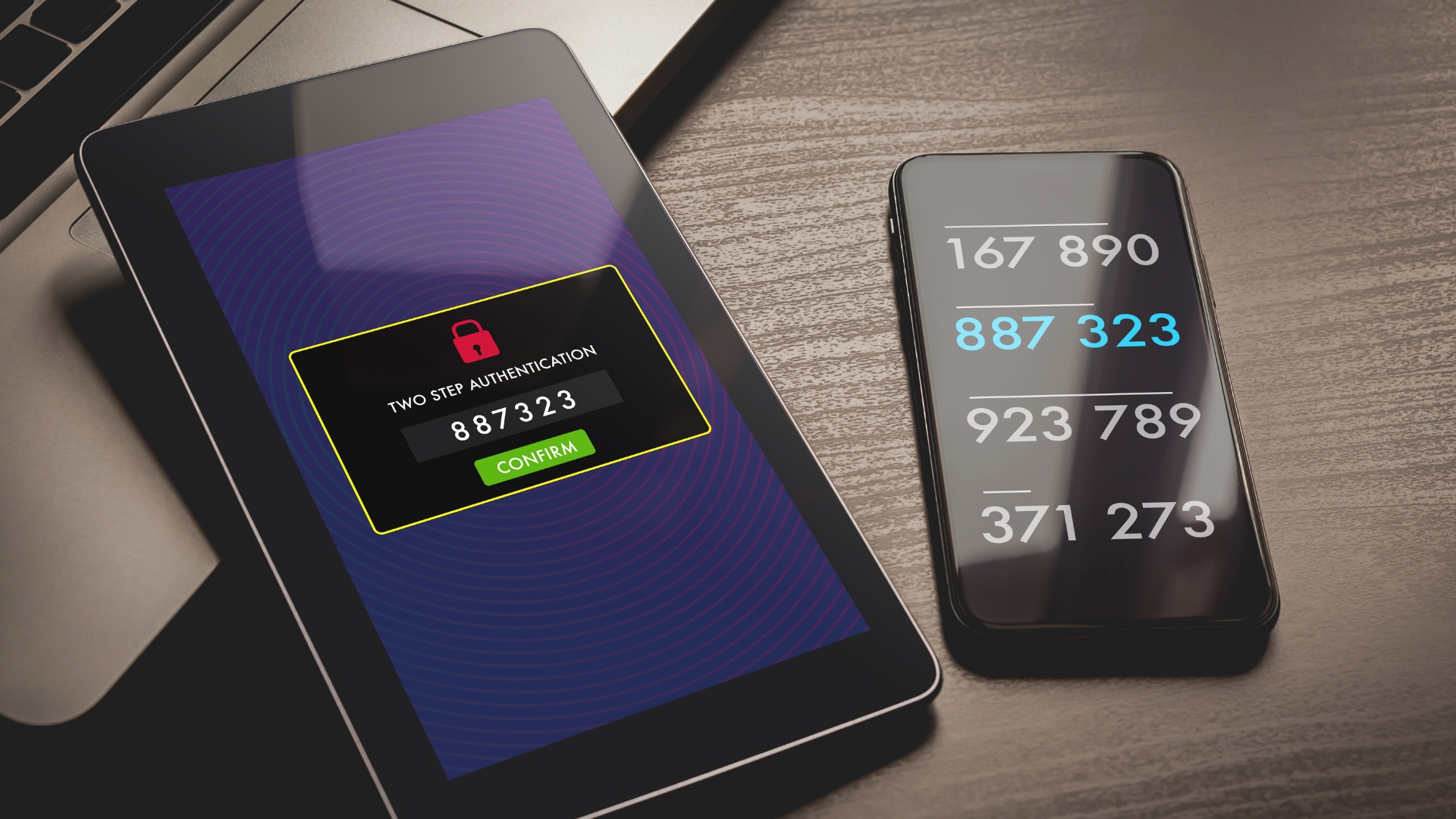What is IoT Security?
The internet of things (IoT) is a system of interconnected devices that collect, store, and share data. IoT devices are used in a variety of settings, from home and retail environments to business and industrial facilities. While the IoT can bring many benefits, it also raises security concerns. Here's what you need to know about IoT security.
Related Blog: Top Things To Consider When Making The Switch To Cloud Services
What Is IoT?
In the past, electronics were often standalone devices that served a specific purpose. Consider CD players, alarm clocks, and landline telephones. However, today’s electronic devices tend to be multipurpose nodes in to a vast, digital network, whether they’re connected to the public internet or not.
The IoT refers to this network of modern electronics. It includes devices such as PCs, smart TVs, wearables, newer vehicles, security cameras, home appliances, medical equipment, HVAC controls, and manufacturing systems. These devices are embedded with electronics, software, and sensors that enable them to wirelessly connect and share data.
One basic example of the IoT is Bluetooth capability. You’re probably familiar with this if you use a smartphone and smart watch or wireless speaker. This simple yet practical example illustrates a key feature of many IoT technologies. They can form their own networks and don’t always require public internet access to communicate with each other.
IoT Security
Many people are rightfully concerned about the security of IoT devices and networks. IoT devices are often manufactured with little to no safety measures, and a single insecure device has the potential to compromise an entire network. As a result, these devices tend to be popular targets for hackers.
Because IoT devices are interconnected, they can provide attackers with a gateway into an organization's whole network. Once an attacker gains access to one device, then they may be able to exploit vulnerabilities in the system and gain control of other devices. This can lead to a wide range of security exploits including data breaches, denial-of-service (DoS) attacks, and malware infections.
To secure an IoT device, begin by ensuring the device is running the latest software and firmware. You should also make sure that the device is properly configured and that all default passwords have been changed. Additionally, consider using a virtual private network (VPN) or partnering with a managed service provider (MSP) to fortify your network’s security posture. Here are a few more ways to secure your IoT devices.
- Encrypt data transmitted to and from all devices
- Strictly control access to IoT devices and networks
- Require all employees to complete phishing training
- Use strong passwords and two-factor authentication
- Follow bring your own device (BYOD) security best practices
- Keep all devices and applications updated with the latest security patches
IoT Network Security
In addition to securing IoT devices and data, you also need to protect your network from being compromised. To do this, maintain a reliable network firewall and up-to-date antivirus systems. Consider following network security best practices by implementing network segmentation and identity access management (IAM) solutions.
You should also make sure your network is properly configured and that all passwords are updated on a regular basis. Never reuse passwords, and back up all sensitive data in a secure location like a private cloud or an on-premises server. Finally, consider performing annual risk assessments, especially if you’re in the healthcare industry.
Ask Us about IoT Security
IoT security is a major concern for companies of all sizes. By taking simple steps like using strong passwords, strictly controlling network access, and keeping your devices updated, you can help protect your data and safeguard your organization. If you have further questions about IoT security or need a reputable MSP, then please don’t hesitate to contact us to see how we can help your company succeed.






_11_11zon.webp)
